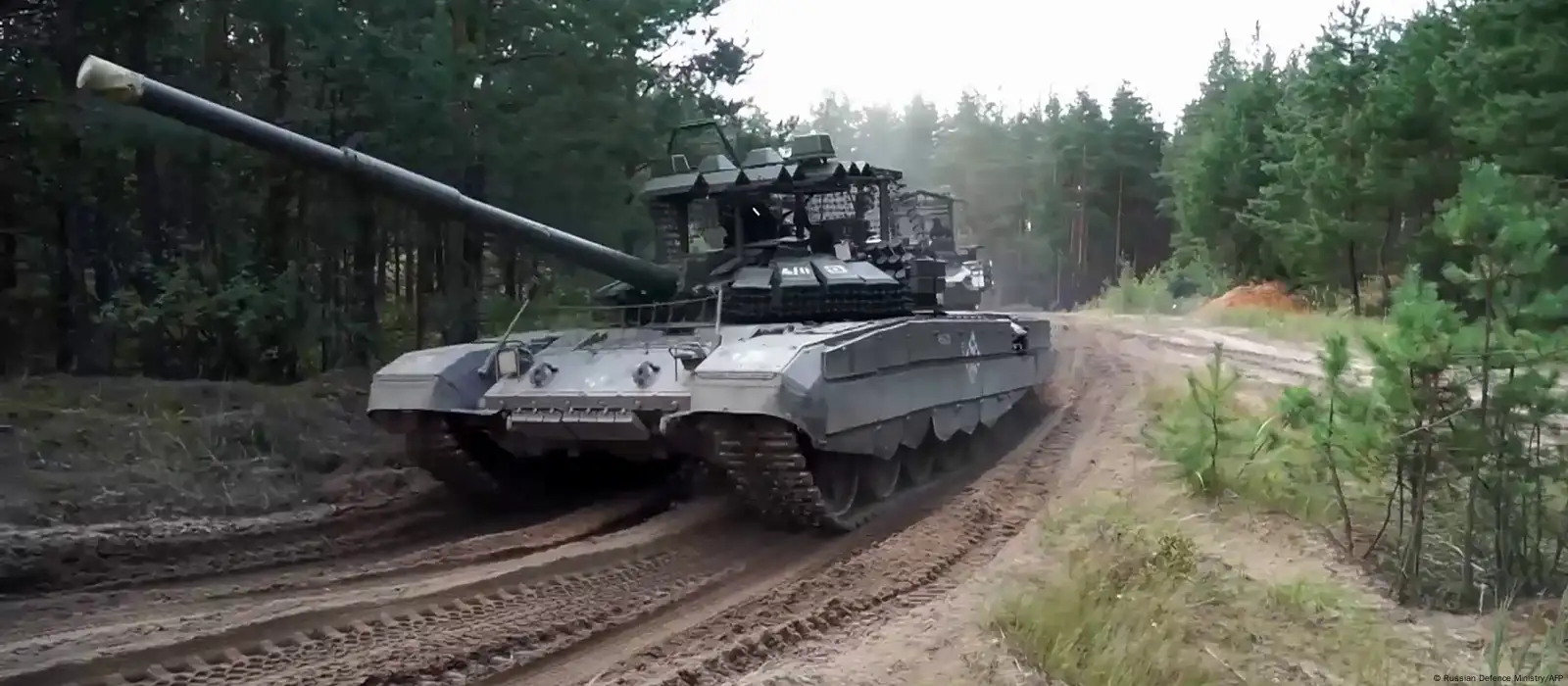Understanding Zapad 2025: Russia’s Upcoming Military Exercise

Introduction
The Zapad 2025 military exercise represents a significant milestone in Russia’s military strategy, showcasing its capabilities and readiness on the global stage. Scheduled to take place in September 2025, this large-scale exercise aims to test the operational effectiveness of Russian Armed Forces alongside allied nations, particularly Belarus. As military exercises often hold implications for regional security dynamics, understanding Zapad 2025 is crucial for analysts, policymakers, and the international community.
Details of the Exercise
Zapad, meaning ‘West’ in Russian, is a series of joint military exercises that occur every four years. The last iteration was conducted in 2021 and involved over 200,000 troops across multiple scenarios. For the 2025 exercise, the Russian Defence Ministry has outlined plans for comprehensive troop movements, air defence operations, and ground force drills, simulating potential conflict situations on the Western front.
This year, the focus will be on enhanced cooperation with Belarusian forces, as the two countries have been tightening their military ties amidst increasing tensions with NATO. Reports suggest that Zapad 2025 could also involve elements from other allied countries in the Collective Security Treaty Organisation (CSTO), further integrating military operations within this bloc.
Political Repercussions
The implications of Zapad 2025 extend beyond military preparedness; they resonate in the political realm as well. With NATO’s eastern flank on high alert due to Russia’s aggressive posture, the exercise could heighten existing fears of military escalations in Eastern Europe. Analysts predict that large-scale troop deployments during Zapad 2025 may lead to heightened military readiness among NATO allies, fostering a more alarmed security environment.
Moreover, Western nations will be closely monitoring the exercise to gauge Russia’s military developments and intentions, especially given the ongoing geopolitical tensions resulting from conflicts in Ukraine and elsewhere. The transparency and scale of Zapad 2025 will be pivotal, as any deviations from usual protocols could provoke stronger responses from NATO.
Conclusion
As we approach Zapad 2025, the exercise will serve as an important indicator of Russia’s military strategy and its geopolitical considerations in the region. Observers will focus on the extent of military collaboration with Belarus and other allies, as well as the implications for NATO’s defensive postures. The outcomes of this exercise may shape future interactions between Russia and the West, underscoring the significance of military preparedness in an increasingly complex international landscape.
